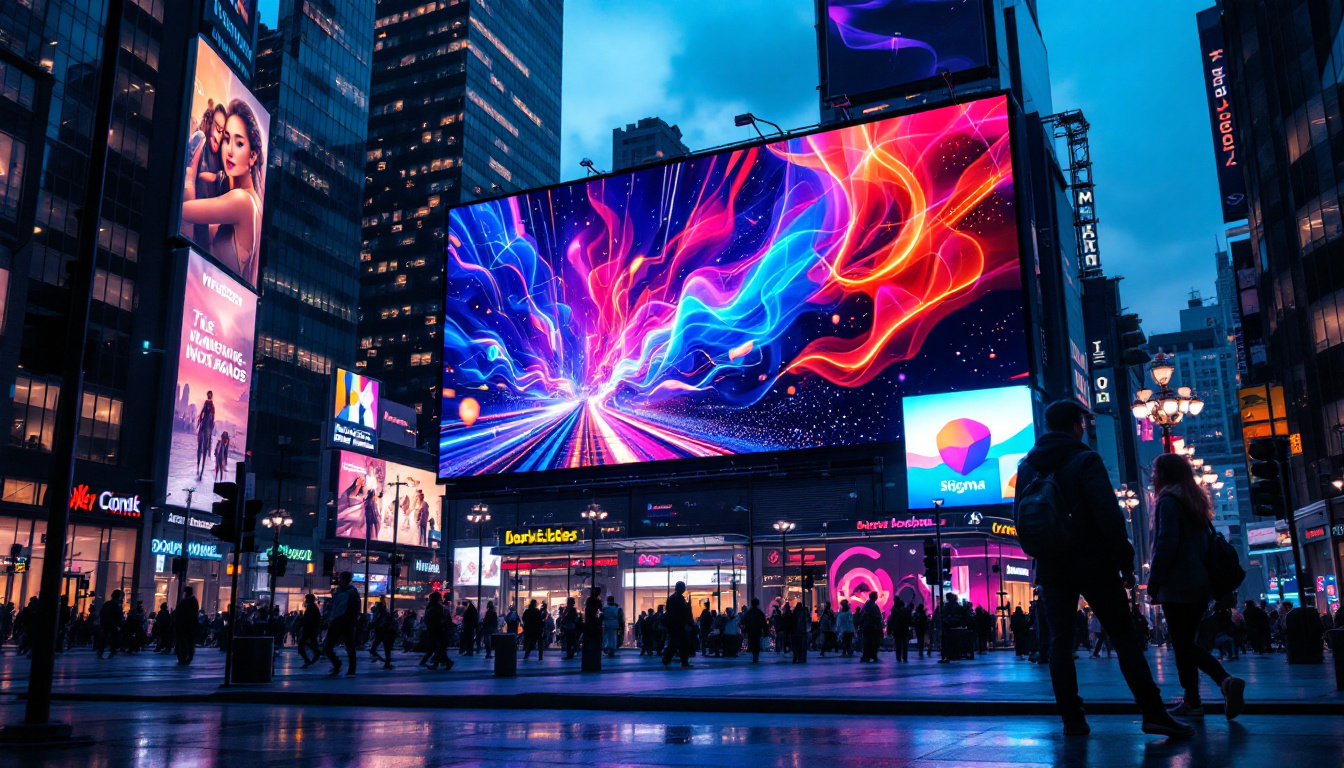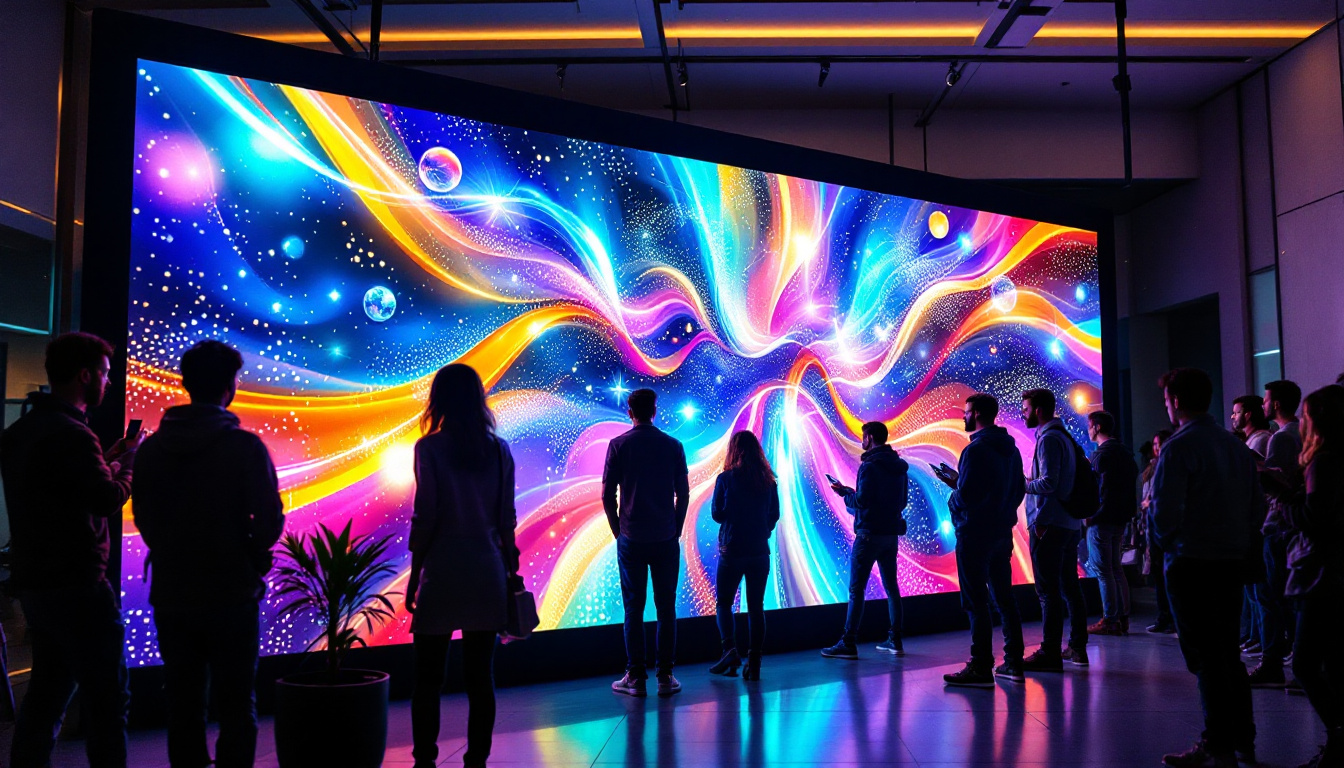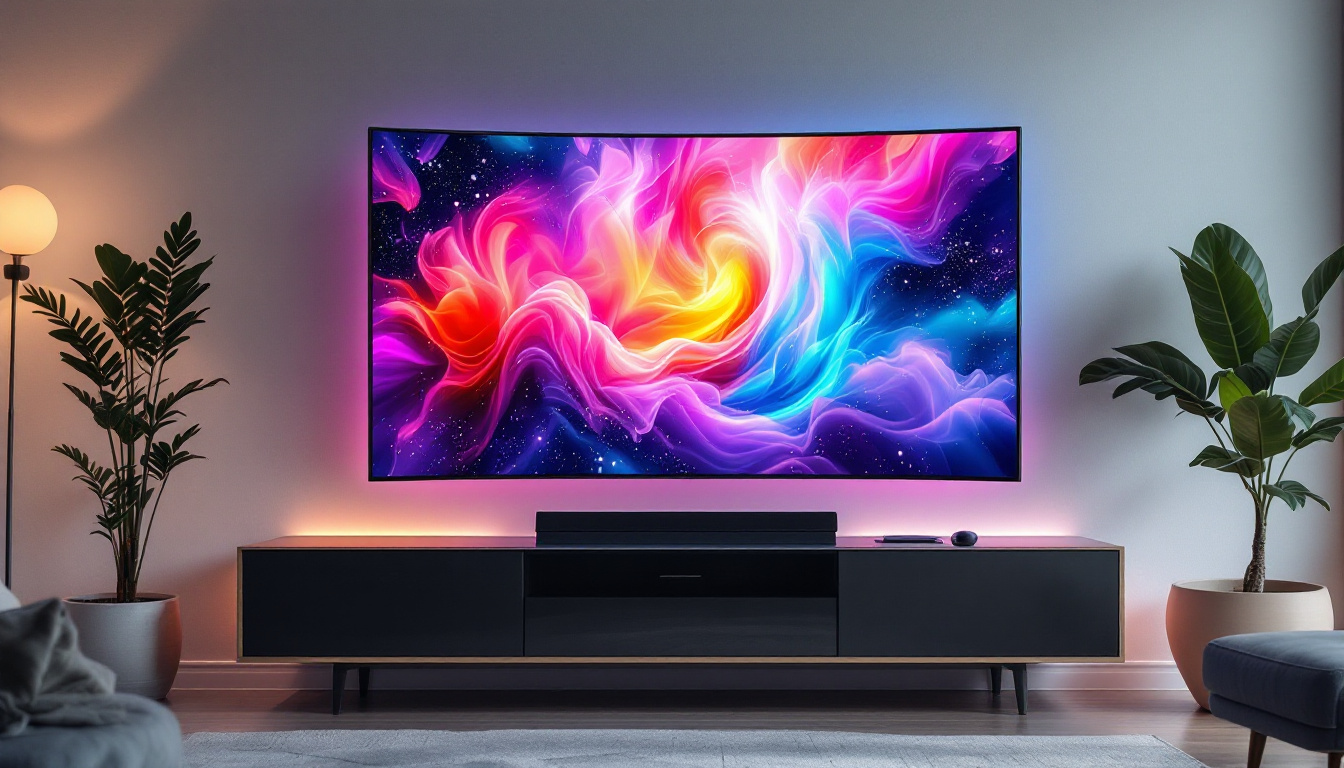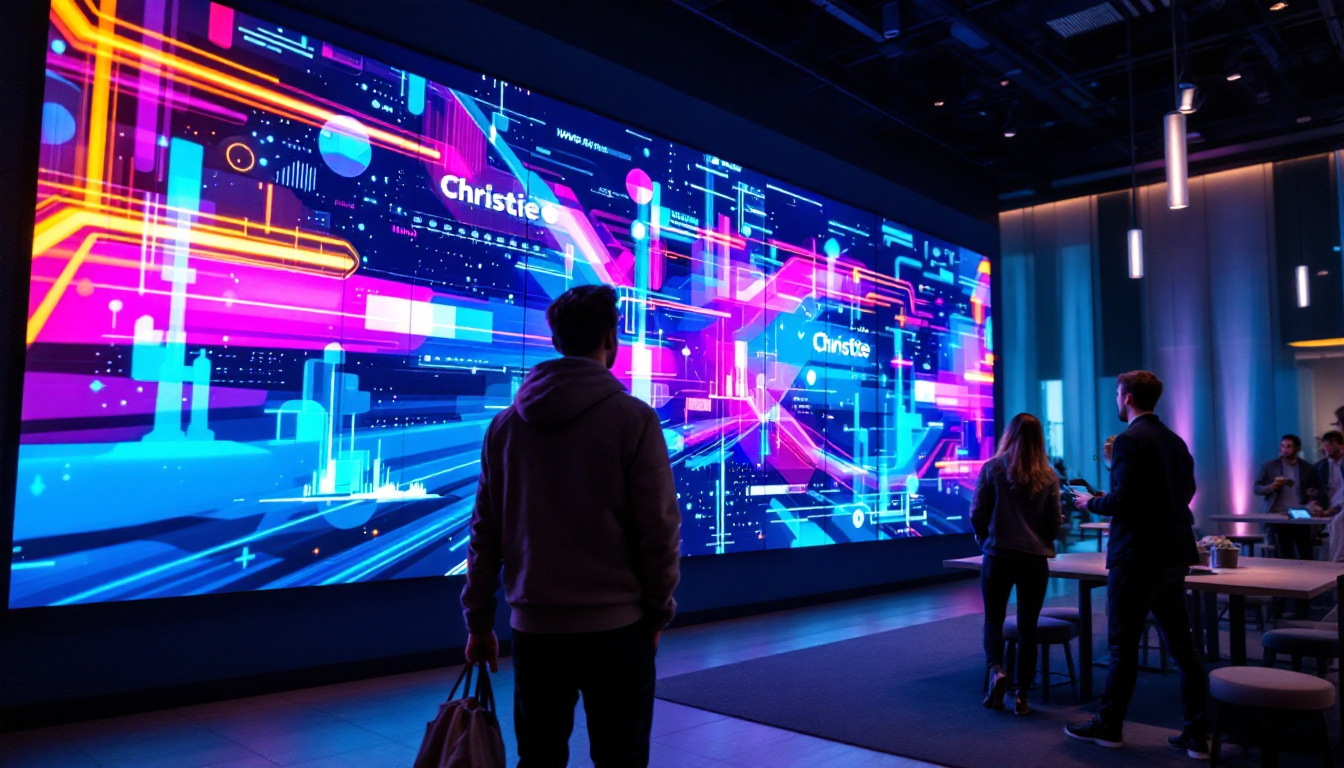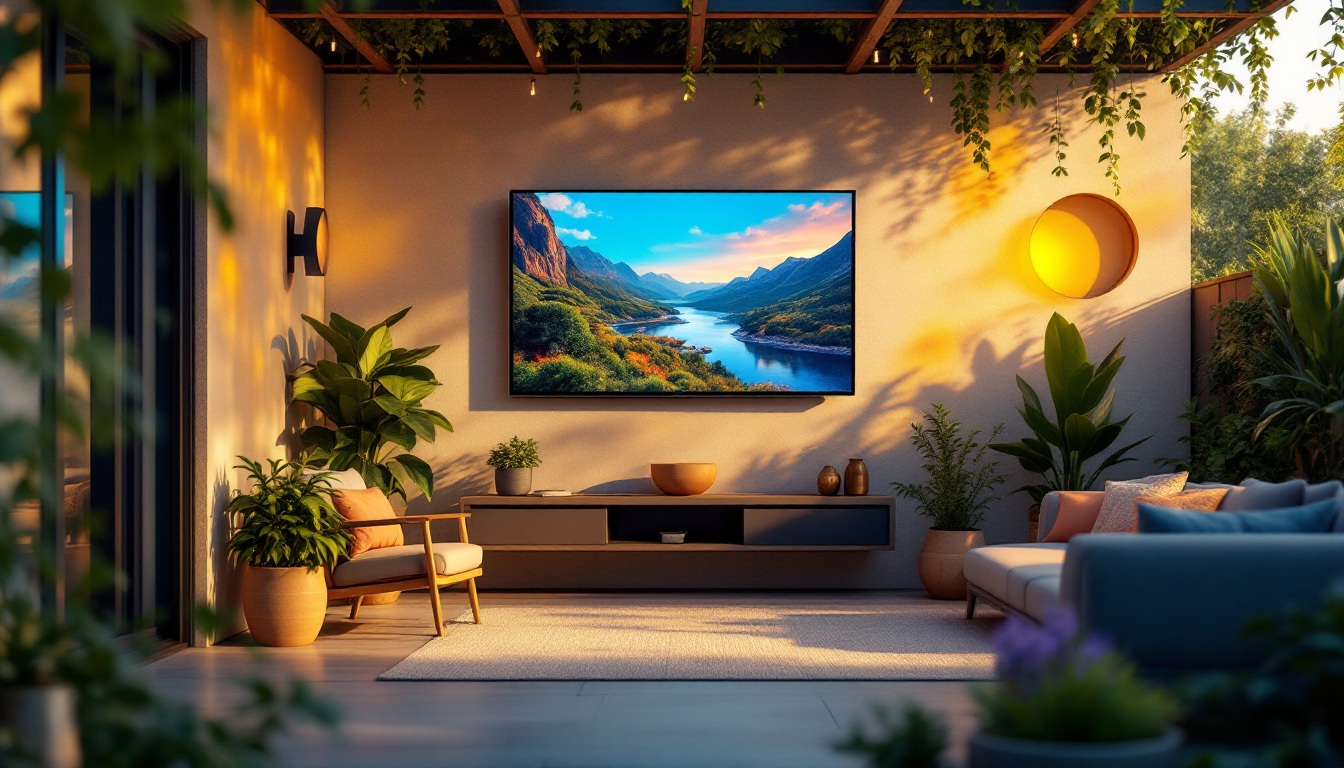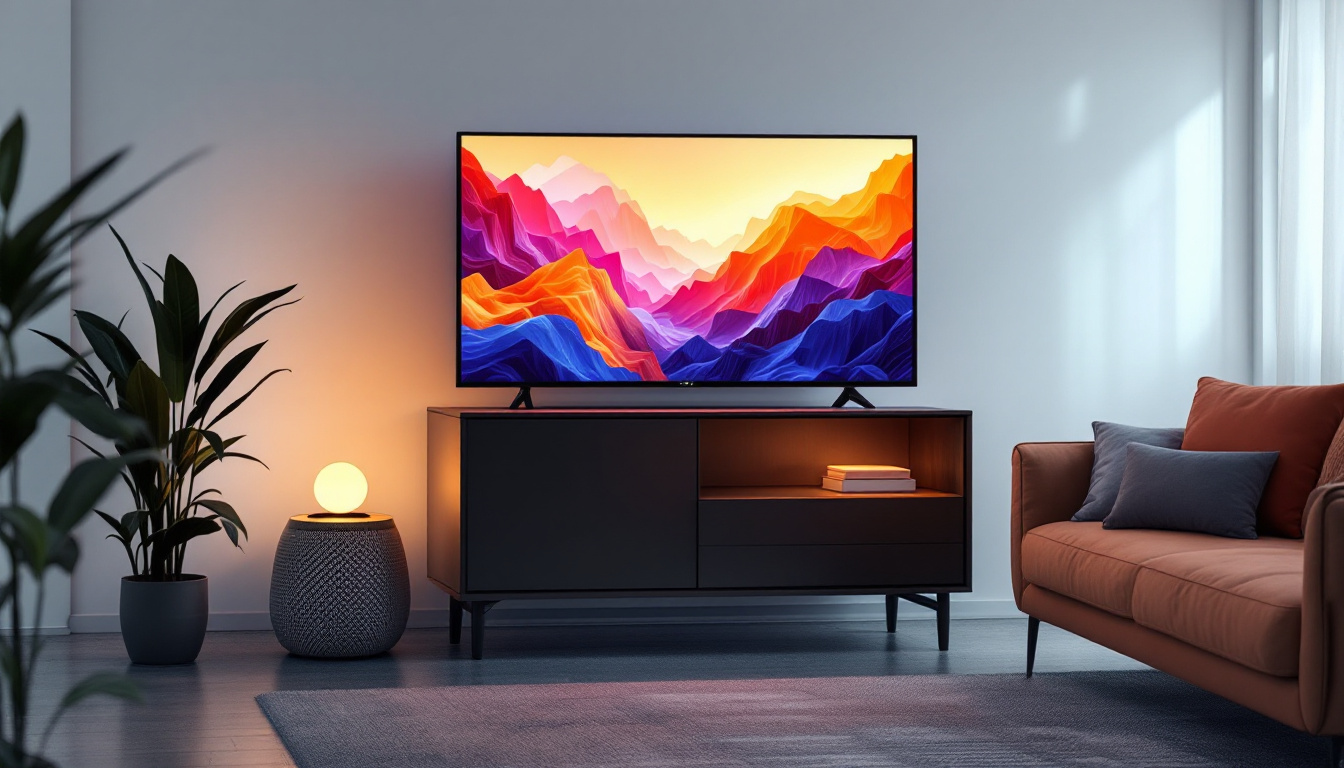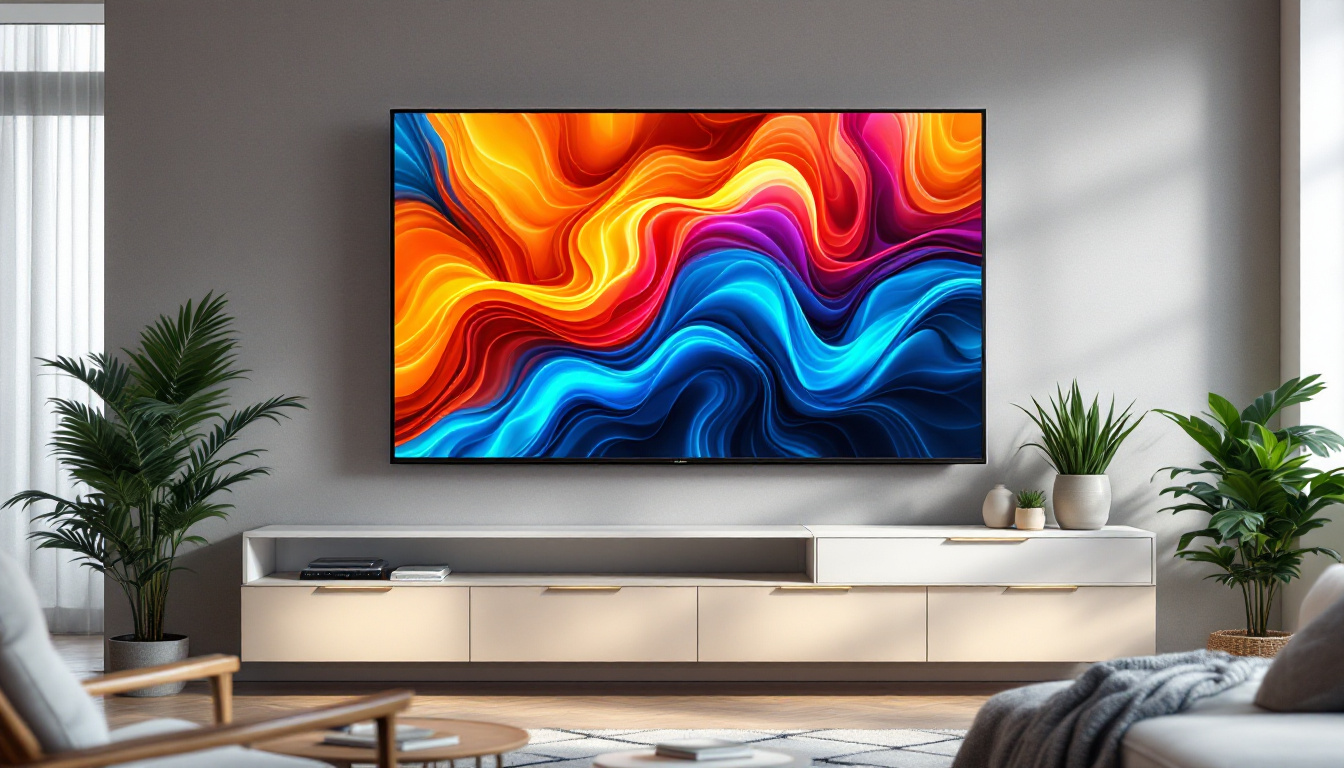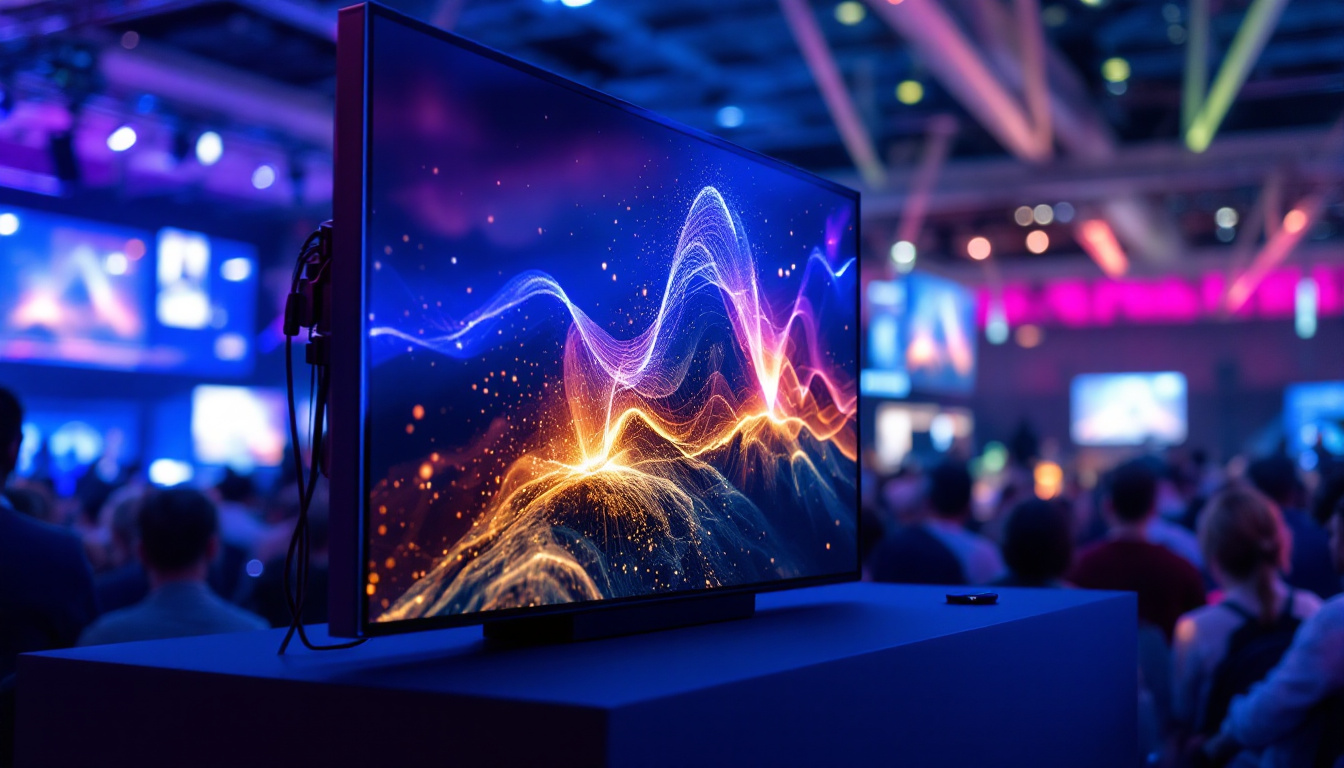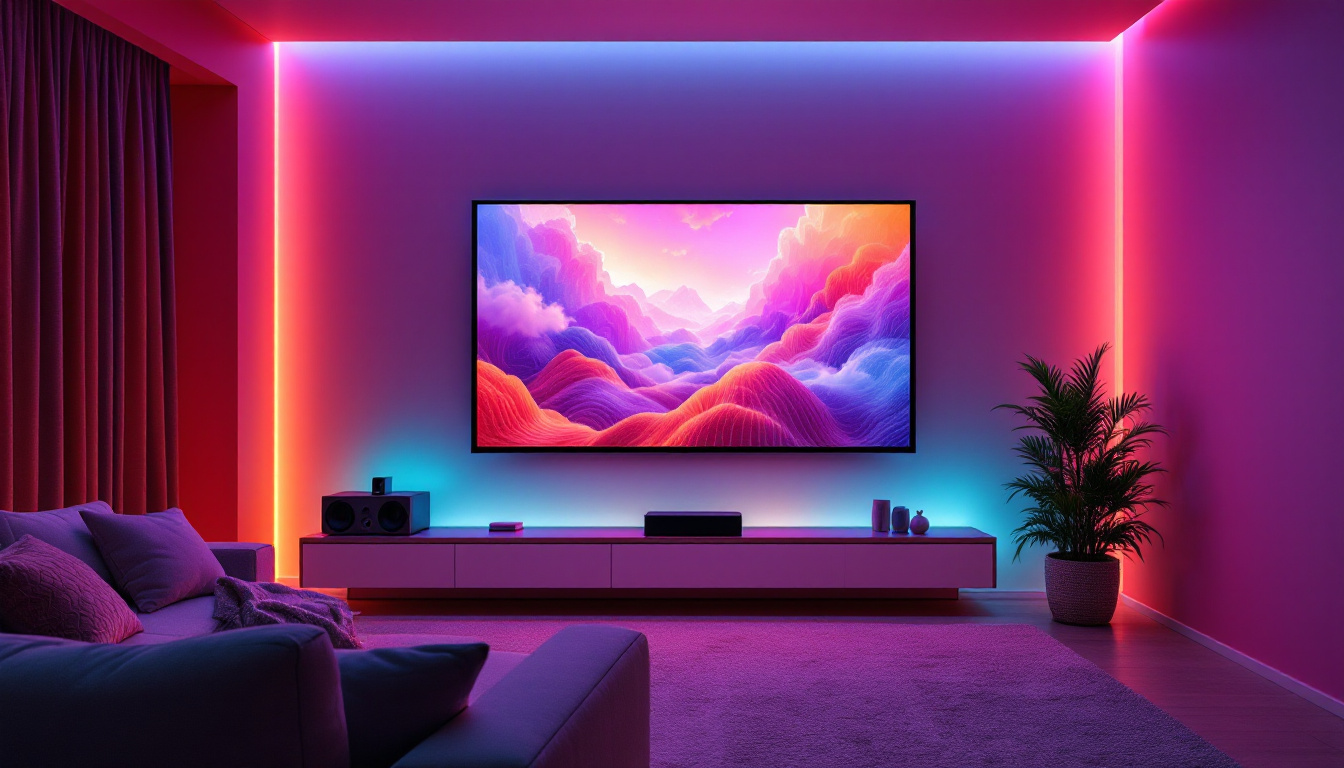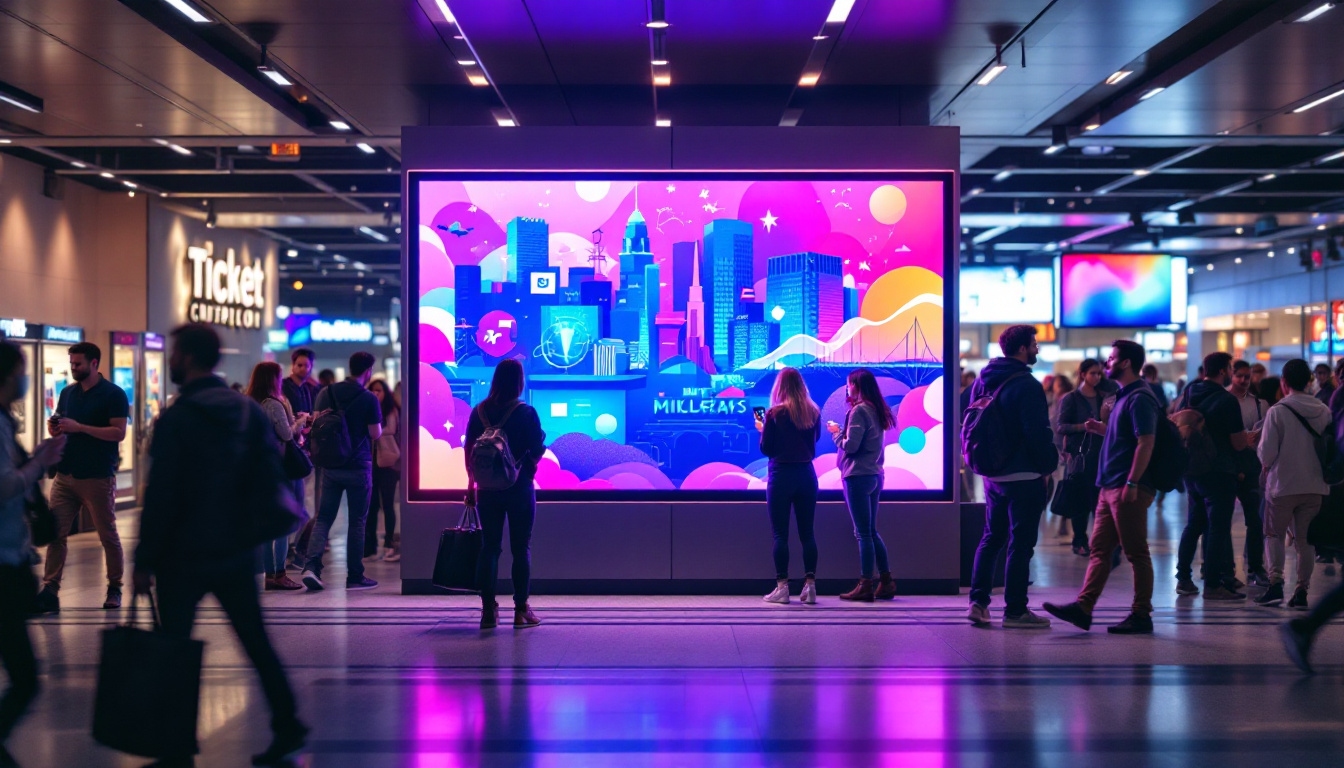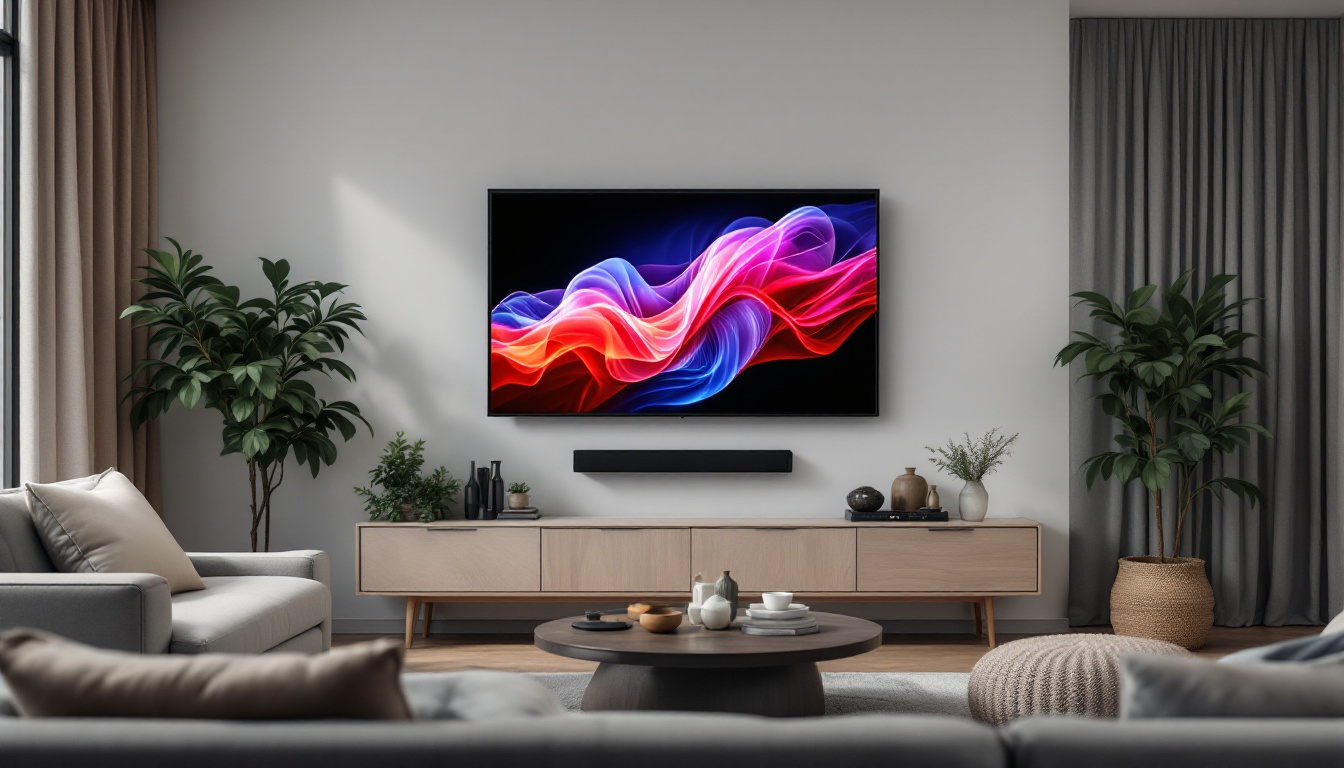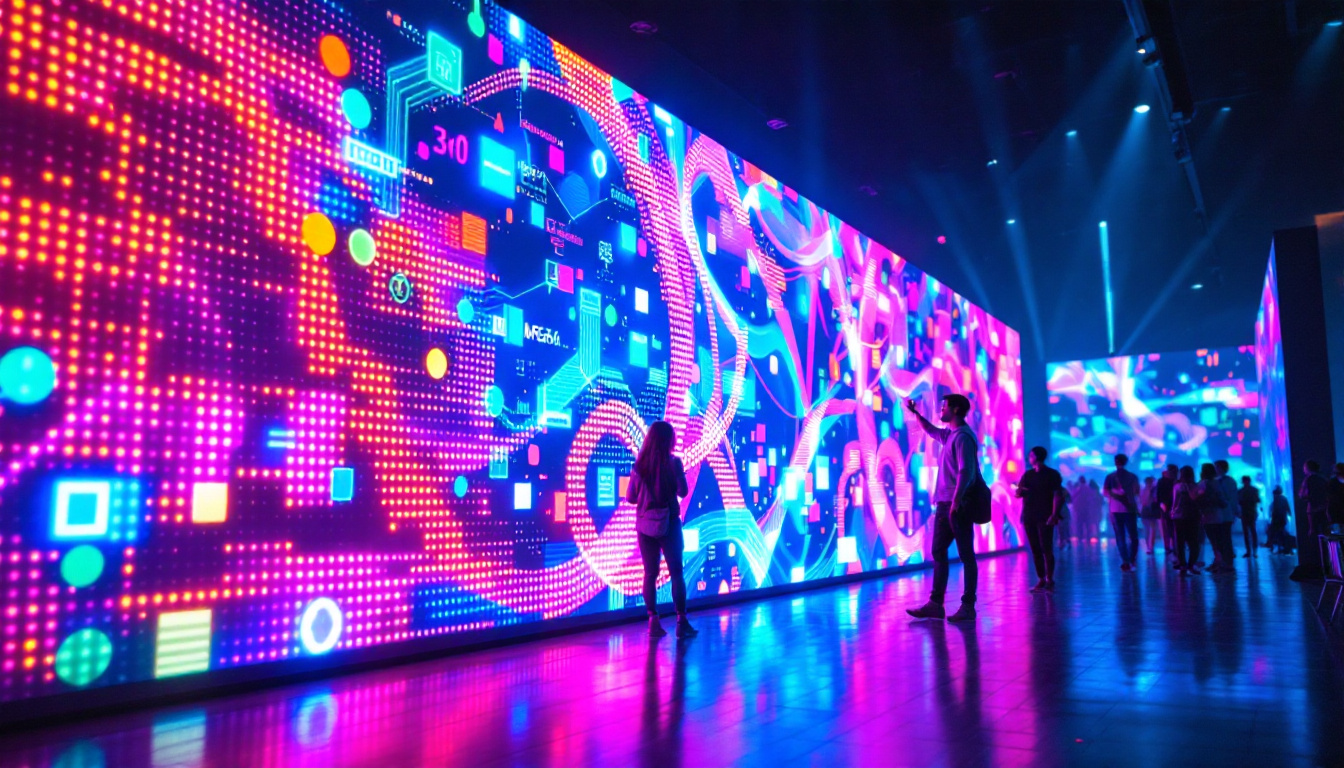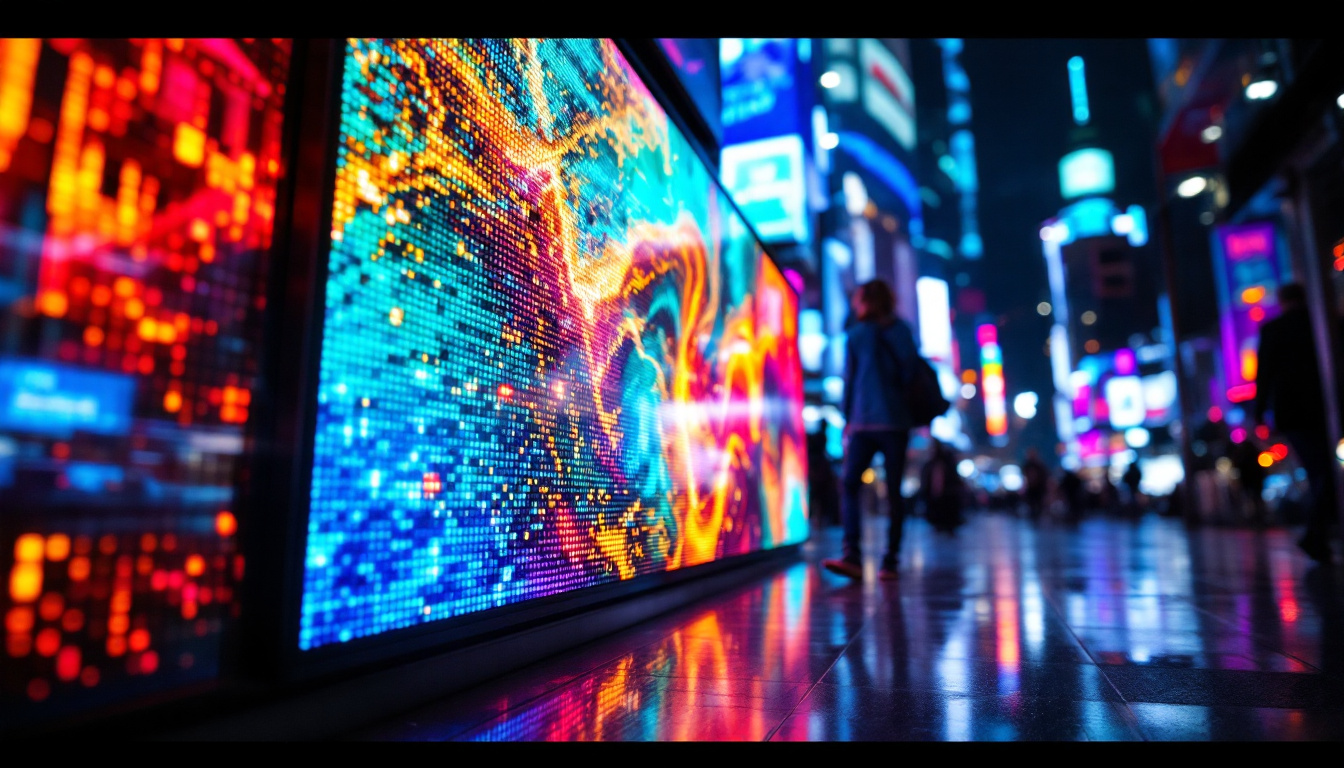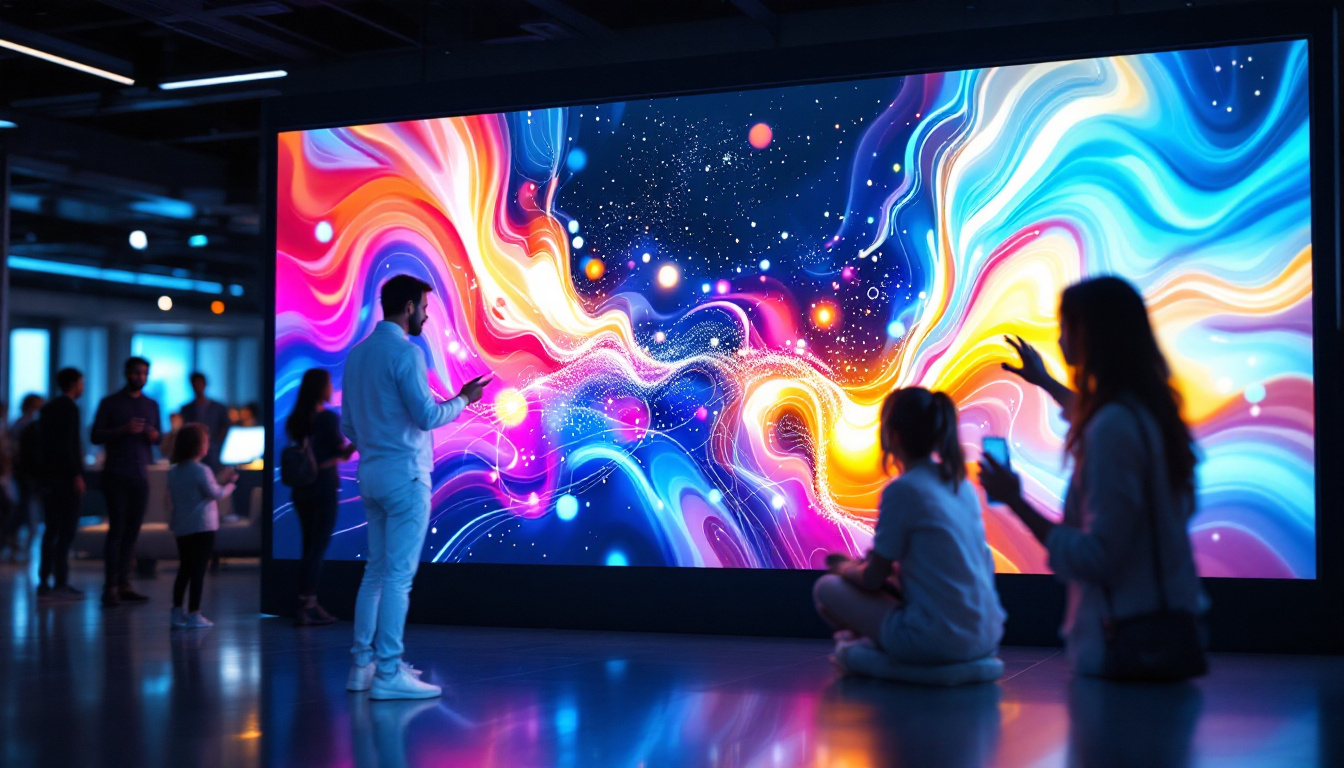In the ever-evolving world of advertising, outdoor digital billboards have emerged as a powerful medium for brands to connect with their audiences. These eye-catching displays utilize LED technology to present vibrant and dynamic content, making them a staple in urban landscapes. This article delves into the intricacies of outdoor digital billboards, exploring their technology, benefits, and best practices for effective advertising.
Understanding LED Technology
LED, or Light Emitting Diode, technology has revolutionized the way information is displayed in public spaces. Unlike traditional billboards that rely on static images, LED displays offer the ability to showcase moving graphics, videos, and animations. This advancement not only captures attention but also enhances the overall viewing experience. The dynamic nature of LED technology allows advertisers to convey messages in a more engaging manner, making it easier to connect with audiences and communicate brand stories effectively.
The Mechanics of LED Displays
At the core of an LED display are thousands of tiny diodes that emit light when an electric current passes through them. These diodes are arranged in a grid format, creating pixels that can change color and brightness. The combination of red, green, and blue diodes allows for a wide spectrum of colors, resulting in stunning visuals that can be seen from great distances. The efficiency of LED technology also means that these displays consume significantly less energy compared to traditional lighting solutions, making them a more sustainable choice for businesses and municipalities alike.
Moreover, the modular design of LED displays enables flexibility in size and shape. This means that outdoor digital billboards can be customized to fit various locations, whether it’s a large highway structure or a small urban space. The adaptability of LED technology is one of the reasons it has gained popularity among advertisers. Additionally, many LED displays are designed with weather-resistant features, ensuring durability and functionality in various environmental conditions, from heavy rain to intense sunlight.
Types of LED Displays
There are primarily two types of LED displays used in outdoor advertising: full-color and monochrome. Full-color displays utilize a combination of red, green, and blue LEDs to create a wide array of colors, making them ideal for vibrant advertisements. Monochrome displays, on the other hand, typically use a single color and are often employed for simpler messages, such as text or basic graphics. These monochrome displays can be particularly effective for conveying straightforward information, such as time, temperature, or promotional messages, without the distraction of complex visuals.
Additionally, LED displays can be categorized based on their pixel pitch, which refers to the distance between the centers of two adjacent pixels. A smaller pixel pitch results in higher resolution and clearer images, making it suitable for closer viewing distances. Conversely, larger pixel pitches are more cost-effective for billboards viewed from afar. The choice of pixel pitch can significantly impact the effectiveness of an advertisement; for instance, a high-resolution display in a busy city center can draw in pedestrians, while a larger pitch display on a highway can effectively reach drivers at high speeds. This strategic selection of display type and pixel pitch allows advertisers to maximize their reach and impact.
Advantages of Outdoor Digital Billboards
Outdoor digital billboards offer numerous advantages that set them apart from traditional advertising methods. Their ability to engage audiences in real-time and deliver dynamic content makes them a preferred choice for many advertisers.
Enhanced Visibility and Engagement
One of the most significant benefits of outdoor digital billboards is their visibility. The bright, luminous displays can be seen even in direct sunlight, ensuring that advertisements reach a broad audience throughout the day. This visibility is further amplified by the ability to showcase moving images and animations, which naturally draw the eye.
Engagement is another key advantage. With the capability to change content frequently, advertisers can tailor their messages based on time of day, weather conditions, or local events. For instance, a restaurant might display breakfast specials in the morning and switch to dinner promotions in the evening, maximizing relevance and appeal. Furthermore, the interactive potential of digital billboards can be harnessed through QR codes or social media integrations, allowing viewers to engage directly with the brand, participate in promotions, or access additional information instantly. This level of interaction not only enhances the viewer’s experience but also fosters a deeper connection between the consumer and the brand.
Cost-Effectiveness and Flexibility
While the initial investment in LED technology may be higher than traditional billboards, the long-term cost-effectiveness is undeniable. Digital billboards eliminate the need for printing and installing new vinyl graphics, allowing for quick updates and changes without incurring additional costs.
Moreover, the flexibility of digital billboards enables advertisers to run multiple campaigns simultaneously. By rotating different advertisements throughout the day, brands can reach various target demographics without the need for multiple physical billboards. This versatility enhances the overall return on investment. Additionally, the ability to analyze real-time data on viewer engagement allows advertisers to refine their strategies and optimize their campaigns, ensuring that their messages resonate with the intended audience. As a result, businesses can make informed decisions based on performance metrics, leading to more effective advertising strategies that adapt to changing market dynamics.
Best Practices for Outdoor Digital Billboard Advertising
To maximize the effectiveness of outdoor digital billboard advertising, it is essential to follow certain best practices. These guidelines ensure that the content is not only visually appealing but also strategically impactful.
Content Creation and Design
The design of the advertisement plays a crucial role in its effectiveness. Simple, bold graphics and concise messaging are key to capturing attention quickly. Given that viewers typically have only a few seconds to absorb the information, it’s vital to convey the message clearly and succinctly.
Additionally, utilizing high-quality images and videos can significantly enhance the overall appeal of the advertisement. Vibrant colors and dynamic visuals can create a lasting impression and encourage viewers to engage further with the brand.
Targeting and Timing
Understanding the target audience is essential for successful advertising. Outdoor digital billboards should be strategically placed in locations where the target demographic is likely to be present. For example, a billboard promoting a new fitness center would be most effective near parks or gyms.
Timing is equally important. Advertisers should consider peak traffic times and local events when scheduling their advertisements. For instance, a campaign for a local event should be timed to coincide with the event’s promotional period to maximize visibility and engagement.
Challenges and Considerations
Despite their many advantages, outdoor digital billboards also come with certain challenges that advertisers must navigate. Understanding these challenges can help in developing effective strategies for overcoming them.
Regulatory and Legal Issues
Outdoor advertising is subject to various regulations and zoning laws, which can vary significantly by location. Advertisers must ensure compliance with local laws regarding the size, brightness, and content of digital billboards. Failure to adhere to these regulations can result in fines or the removal of the advertisement.
Additionally, some cities have restrictions on the types of content that can be displayed, particularly regarding political or controversial messages. It is essential for advertisers to conduct thorough research and possibly consult legal experts to navigate these complexities.
Maintenance and Technical Challenges
Maintaining outdoor digital billboards requires ongoing attention to ensure optimal performance. Regular inspections and maintenance are necessary to address issues such as pixel failures or software glitches. Neglecting these aspects can lead to diminished visibility and effectiveness of the advertisement.
Moreover, as technology continues to evolve, staying updated with the latest advancements is crucial. Advertisers should be prepared to invest in upgrades or replacements to keep their displays competitive and engaging.
The Future of Outdoor Digital Billboards
The future of outdoor digital billboards appears bright, with continuous advancements in technology and advertising strategies. As the demand for innovative advertising solutions grows, so too will the capabilities of LED displays.
Integration with Smart Technology
One of the most exciting trends in outdoor advertising is the integration of smart technology. Digital billboards are increasingly being equipped with sensors and data analytics tools that allow for real-time monitoring of audience engagement and behavior. This data can be used to optimize content delivery and improve targeting strategies.
Furthermore, the potential for interactivity is expanding. Future digital billboards may incorporate augmented reality (AR) features, allowing viewers to engage with advertisements in new and immersive ways. This kind of interaction can create memorable experiences that resonate with audiences long after they have seen the advertisement.
Environmental Considerations
As sustainability becomes a more pressing concern, the outdoor advertising industry is also adapting. Many companies are exploring eco-friendly LED technology that consumes less energy and has a longer lifespan. Additionally, some digital billboards are being designed to incorporate renewable energy sources, such as solar panels, further reducing their environmental impact.
By embracing these sustainable practices, advertisers can not only appeal to environmentally conscious consumers but also contribute to a greener future.
Conclusion
Outdoor digital billboards represent a significant evolution in advertising, combining cutting-edge technology with creative potential. Their ability to engage audiences through dynamic content and strategic placement makes them an invaluable tool for brands looking to make an impact. By understanding the technology, advantages, and best practices associated with LED displays, advertisers can harness the full potential of this medium and navigate the challenges it presents.
As the landscape of outdoor advertising continues to change, staying informed and adaptable will be key to leveraging the opportunities that outdoor digital billboards provide. The future is bright, and those who embrace innovation will undoubtedly lead the way in this exciting field.
Illuminate Your Brand with LumenMatrix
Ready to elevate your advertising strategy and captivate your audience with unparalleled clarity? LumenMatrix is at the forefront of LED display innovation, offering a diverse range of solutions tailored to your unique needs. From the bustling streets to the heart of your next event, our Indoor and Outdoor LED Wall Displays, Vehicle LED Displays, and more, are designed to make your brand shine. Experience the transformative power of our LED Sports Displays, Floor LED Displays, and the seamless integration of our All-in-One LED Displays. Don’t just take our word for it; see the difference for yourself. Check out LumenMatrix LED Display Solutions today and join the revolution in visual communication.

